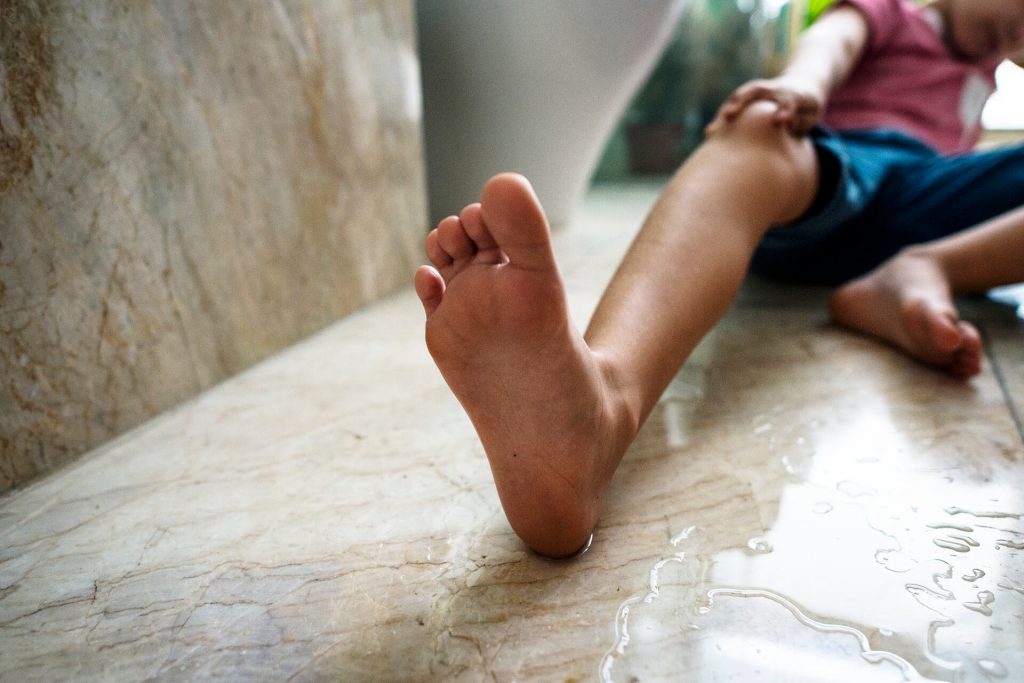Both slip-and-fall and trip-and-fall cases involve hazardous conditions on property that is owned or occupied by divisions of government, business entities, and private individuals. If you were injured in a slip-and-fall or trip-and-fall accident, and you wish to pursue compensation for your injuries and damages, evidence that supports your case must be presented. In short, you’ll need to prove that the owner or occupier of the property where you fell knew or should have known of the hazardous condition that caused you to fall. Then, you’ll need to show that the owner or occupier failed to warn you of the hazardous condition or repair it. Here are some examples of some of the types of evidence that you’ll likely want to present in your claim or lawsuit:
- Photos of Where You Fell: Of course, if a clear liquid caused you to fall, it’s going to be cleaned up quickly after your accident. There might not be a sufficient opportunity to take photos of it unless you were with a friend or relative who could take them immediately. In a case involving a trip-and-fall, it will likely take longer to repair a condition like uneven flooring, so there might be a longer window of opportunity to photograph the condition before it’s repaired.
- Video Evidence: There might be video footage of your fall, but you’ll have to act fast. Videotape is periodically deleted and recorded over, so footage of your fall might get lost. It could also be purposefully lost. If you retain us to represent you quickly, we can contact the people or entity in control of where you fell and admonish them about spoliation of evidence. Even traffic or security cams in the area might have documented your fall.
- Eyewitnesses: If you’re aware of the identity of any eyewitnesses to your fall, they might be able to document its cause. A statement or deposition testimony could be obtained from them. Recollections of events get fuzzy, so through a statement or a deposition transcript, the eyewitness’ recollection of events can be preserved.
- Your Clothing: If you slipped and fell on an oily substance, it’s likely that it got onto your clothing. Don’t wash that clothing. Save it. Clothing that’s stained with the substance that caused you to fall can be convincing evidence.
- Building Code Violations: Applicable state and local building codes need to be examined, and violations of them must be brought to the attention of the insurer of the person or entity that controls the property. A connection between the fall and the failure to meet minimum building safety requirements can be compelling evidence.
Some conditions can be repaired faster than others. Victims of slip-and-fall and trip-and-fall accidents must act quickly to preserve evidence in connection with what caused them to fall. The sooner that you contact our Thousand Oaks slip-and-fall lawyers, the sooner we might be able to preserve critical evidence in your case.
Contact us as soon as you can about your slip-and-fall or trip-and-fall accident for a free consultation and case evaluation. You may also visit our page about slip and fall accidents to learn more information about a slip-and-fall accident.








